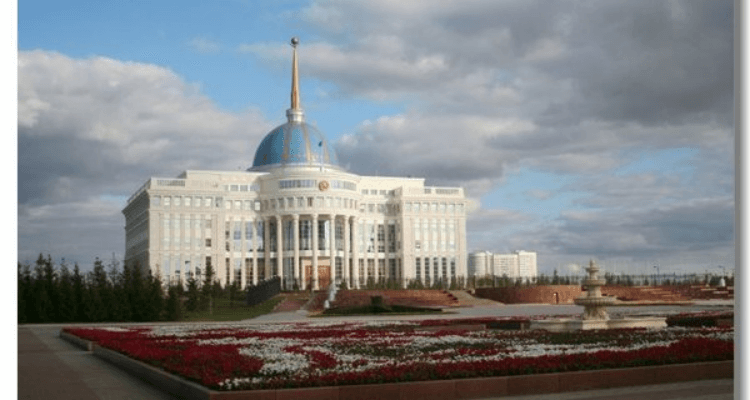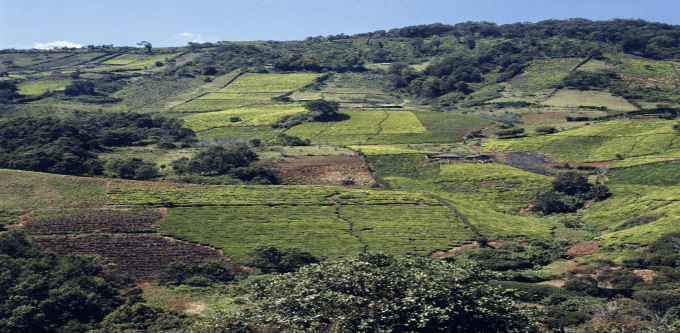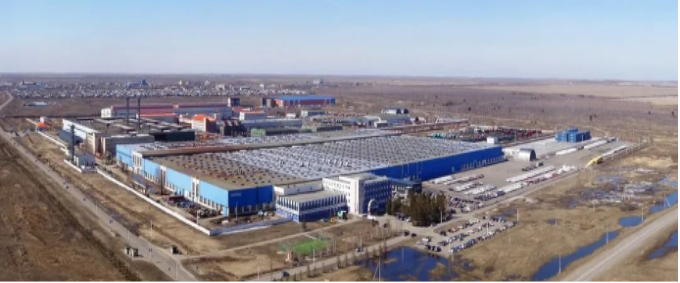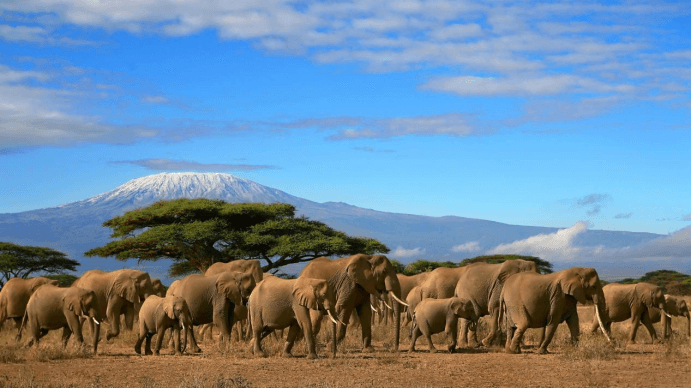

Investment Report on Agriculture in Kenya 2025-2028
Investment Report on Agriculture in Kenya 2025-2028
Golden Compass Go-Global Consulting

Special Statement
Each report embodies the professional judgment and rigorous verification of the analysts. This sample is for reference only. Please refer to the final approved version.
Report Price: 9800 yuan
|
service quotation |
Notes |
||
|
Standard Version |
Standard report module and data summary. It is suitable for small and medium-sized enterprises and individual business owners. |
9800 ¥ |
|
|
Partial customization |
Industry overview analysis, risk assessment, partial customization (2 persons * 2 weeks) |
(Industry/Country) 98,000+ |
No travel expenses included. |
|
Consult for customization |
Customized consulting for enterprise investment in a certain country's industry, including in-depth research, production analysis, and action plan (3 people * 4 weeks) |
(Industry/Country) 450,000+ |
Include travel expenses |
Industry Summary
Investment Value
The agricultural industry in Kenya has significant investment value. As one of the largest economies in East Africa, Kenya's agricultural sector is an important pillar of its economic growth. The country is endowed with abundant natural resources and diverse climatic conditions, which are suitable for the cultivation of various crops and the development of animal husbandry. In addition, the Kenyan government actively promotes agricultural modernization and foreign investment, and provides a number of incentive policies, making the agricultural sector a hot spot for attracting domestic and foreign investors.
Annual Crop Yield
The main crops in Kenya include tea, coffee, maize, wheat, sugarcane, and vegetables. Tea and coffee are the main export crops, with an annual output of approximately 500,000 tons and 40,000 tons respectively. Maize is the staple food crop, with an annual output of about 4 million tons, but it is greatly affected by climate fluctuations. The annual output of wheat and sugarcane is 300,000 tons and 6 million tons respectively. Vegetable cultivation is mainly concentrated in high-altitude areas, with an annual output of about 2 million tons.
Output of Animal Husbandry
Animal husbandry occupies an important position in Kenya's agriculture, and the main products include beef, mutton, poultry, and dairy products. The number of cattle in Kenya is approximately 18 million, and the number of sheep is about 30 million. The annual output of dairy products is about 5 billion liters, and the annual output of poultry is about 300 million.
Fishery Output
Kenya's fishery is mainly concentrated in Lake Victoria, the Indian Ocean, and inland rivers. The annual output is about 200,000 tons, of which freshwater fish accounts for 70% and marine fish accounts for 30%. The fishery is an important source of livelihood for the residents in coastal areas.
Contribution of Agriculture to GDP
Agriculture is the pillar industry of Kenya's economy, accounting for about 25% of the GDP. The agricultural sector provides about 75% of the employment opportunities, especially in rural areas.
Agricultural Growth and Projection
In recent years, the average annual growth rate of Kenya's agriculture is about 3%. It is expected that in the next five years, with technological progress and the increase in market demand, the agricultural growth rate will rise to 5%.
Mechanization and Technological Progress
The level of agricultural mechanization in Kenya is relatively low, but in recent years, the government and enterprises have actively promoted agricultural mechanization. The introduction of modern agricultural machinery and irrigation technologies has improved production efficiency and output.
Market Status and Scale
The agricultural market in Kenya is large, with an annual output value of about 10 billion US dollars. Tea and coffee have strong competitiveness in the international market and occupy an important market share.
Development Status
Kenya's agriculture is in a transition period, shifting from traditional agriculture to modern agriculture. The government promotes agricultural modernization through policy support and infrastructure construction.
Market Concentration
The concentration of the agricultural market is relatively low, with small-scale farmers being the main players. However, the tea and coffee industries have a relatively high market concentration, mainly controlled by large enterprises and cooperatives.
Development Trends
In the future, Kenya's agriculture will develop towards high-value-added crops, organic agriculture, and sustainable agriculture. Digital agriculture and precision agriculture technologies will be widely applied.
Relevant Policies
The Kenyan government has introduced a number of agricultural policies, including the Agricultural Transformation and Growth Strategy and the National Irrigation Policy, aiming to improve agricultural productivity and market competitiveness.
Relevant Enterprises
The main agricultural enterprises include the Kenya Tea Development Authority (KTDA), the Coffee Board of Kenya (CBK), and several large dairy companies.
Opportunities and Potential
Kenya's agriculture has great development potential, especially in high-value-added crops, organic agriculture, and export markets. Foreign investors can obtain substantial returns through technological cooperation and capital investment.
Challenges and Prospects
The main challenges faced by Kenya's agriculture include climate change, insufficient infrastructure, and market fluctuations. However, with technological progress and policy support, the future of agriculture remains optimistic.
Conclusion
The agricultural industry in Kenya has broad development prospects and investment potential. Through policy support, technological progress, and market expansion, Kenya is expected to become a leader in African agriculture. For further details, please refer to the latest industry report from Golden Compass Go-Global Consulting.
Table of Contents
Overview of Agriculture in Kenya
1.1 The Position of Agriculture in the National Economy
1.2 Main Agricultural Products
1.3 Regional Distribution of Agriculture
Analysis of the Agricultural Market in Kenya
2.1 Market Size and Growth Trends
2.2 Analysis of the Supply and Demand of Main Agricultural Products
2.3 Price Fluctuations and Market Risks
The Policy Environment of Agriculture in Kenya
3.1 Government Support Policies
3.2 Trade and Investment Policies
3.3 Sustainable Development Policies
Investment Opportunities in Agriculture in Kenya
4.1 High-potential Areas
4.2 Agricultural Science, Technology and Innovation
4.3 Processing and Export of Agricultural Products
Investment Risks and Challenges in Agriculture in Kenya
5.1 Climate Change and Natural Disasters
5.2 Insufficient Infrastructure
5.3 Market and Policy Risks
Analysis of Investment Cases in Agriculture in Kenya
6.1 Successful Cases
6.2 Failed Cases
6.3 Lessons Learned
Investment Strategies and Suggestions for Agriculture in Kenya
7.1 Short-term Investment Strategies
7.2 Long-term Investment Strategies
7.3 Risk Management Suggestions
Conclusion and Outlook
8.1 The Future Prospects of Agriculture in Kenya
8.2 Suggestions for Investors
8.3 Future Research Directions
References
List the literature cited in the report.
 The Golden Compass is the preferred choice for going to sea!
The Golden Compass is the preferred choice for going to sea! 
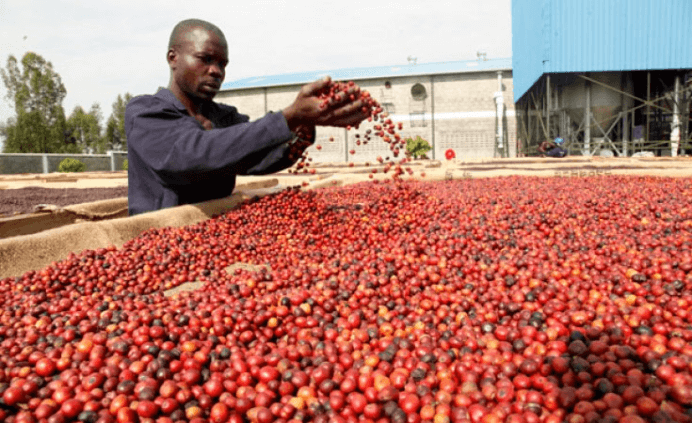
 9800
9800 